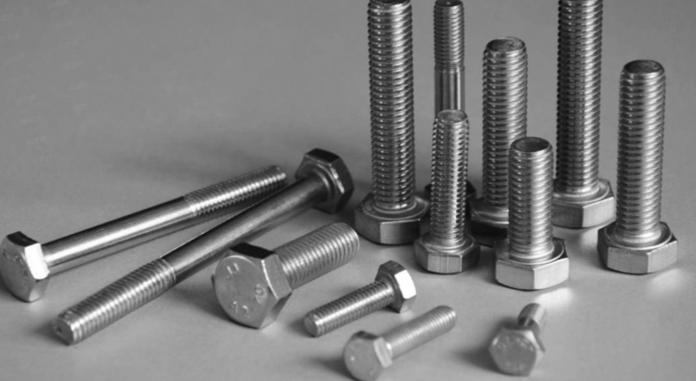The microstructure of 904L bolts is significant in characterizing their mechanical characteristics, including quality, durability, hardness, and resistance to erosion. As a non-stabilized austenitic stainless steel, 904L brags more carbon substance and hoisted levels of chromium, nickel, and molybdenum. Its microstructure overwhelmingly comprises an austenitic stage, once in a while expanded by ferrite and other stages, impacted by amalgam composition and handling parameters.
Understanding the transaction of these variables is vital in optimizing bolt execution over assorted applications, guaranteeing unwavering quality and life span within the confront of shifting natural and operational requests. By comprehending how the microstructure impacts mechanical properties, engineers and producers can tailor the plan, creation, and treatment of 904L bolts to meet particular necessities, improving execution and to go now moderating potential disappointments.
Microstructural Impact on 904L Bolt Mechanics
The composition, grain estimate, stage soundness, and surface of 904L stainless steel affect its quality, durability, and erosion resistance. By deliberately overseeing these viewpoints through amalgam plan and handling strategies, bolt execution can be fine-tuned to suit a wide run of applications, guaranteeing ideal mechanical properties and solidness.
Austenitic Stage
The overwhelming stage in 904L stainless steel is austenite, which gives great erosion resistance and ductility. Austenitic stainless steels hold their austenitic structure at room temperature and higher temperatures, making them reasonable for a wide run of applications, counting jolts utilized in destructive situations.
Ferrite Stage
Whereas 904L stainless steel is essentially austenitic, it may contain a little sum of ferrite stage, particularly in welded locales or after certain warm medications. The nearness of ferrite can impact the mechanical properties by influencing components such as quality, durability, and attractive properties. Ferrite can contribute to progressing the quality and hardness of the fabric while lessening its ductility and erosion resistance to a few degrees.
Grain Measure
The grain estimate of the austenitic stage in 904L bolts is another vital microstructural calculation that impacts mechanical properties. Fine-grained materials by and large display higher quality and durability compared to coarse-grained materials. Controlling the grain estimate through fitting handling methods such as strengthening or grain refinement can improve the mechanical properties of 904L bolts.
Carbide Precipitation
Amid warm treatment or delayed presentation to raised temperatures, carbide precipitation may happen in 904L stainless steel. Carbides, such as chromium carbides, can shape along grain boundaries, which may decrease the erosion resistance and sturdiness of the fabric. Legitimate warm treatment and amalgam composition control are fundamental to play down carbide precipitation and keep up craved mechanical properties.
Stage Soundness
The solidness of the austenitic stage in 904L stainless steel is basic for keeping up its mechanical properties over a wide run of temperatures. Any stage changes, such as the arrangement of martensite or sigma stage, can altogether change the mechanical properties and may lead to issues such as embrittlement or diminished erosion resistance.
Surface
The introduction of grains or crystallographic surfaces can influence the mechanical behavior of 904L jolts, especially in terms of anisotropy and misshapening characteristics. The surface can impact components such as abdicate quality, ductility, and weariness resistance, making it imperative to consider amid fabric preparation and component planning.
Precipitation Solidifying
Even though 904L stainless steel isn’t regularly subjected to precipitation solidifying medicines, a few varieties of the amalgam may experience precipitation solidifying to assist the progress of mechanical properties. Precipitation solidifying includes the controlled formation of fine accelerates inside the microstructure, which can improve quality and hardness without relinquishing ductility or erosion resistance.
Summary
The microstructure of 904L bolts, characterized by the relative extents of austenite, ferrite, grain measure, carbide precipitation, stage soundness, surface, and precipitation solidifying, and significantly impacts their mechanical properties. By understanding and controlling these microstructural viewpoints through fitting amalgam plans, preparing methods, and warm medications, producers can tailor the mechanical properties of 904L bolts to meet the particular prerequisites of different applications, guaranteeing ideal execution, unwavering quality, and life span.











